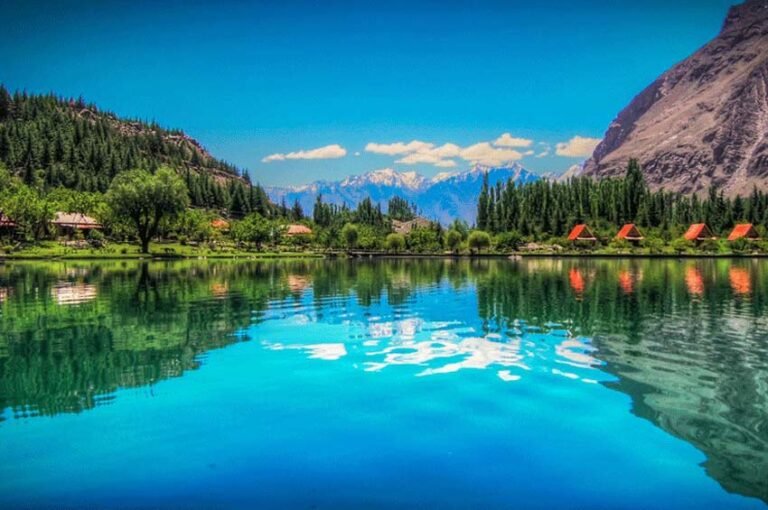GILGIT: Booming Tourism comes back in scenic Gilgit Baltistan (GB) where so far up to 1 million local and foreign tourists thronged during the ongoing summer season to enjoy its mesmerizing weather and eye-catching mountainous terrain.

Bordering Afghanistan and China, Gilgit-Baltistan is Pakistan’s favorite tourist destination and was listed by Forbes among the 10 “coolest places” to visit in 2018.
The region’s economy is largely dependent on tourism and was severely hit last year as outbreaks of COVID-19 and travel curbs deterred tourists from flocking to the region’s glacial lakes, valleys and 8,000-meter-plus peaks.
Gilgit-Baltistan’s Minister for Tourism, Sports, Culture, Archeology, and Youth Affairs Raja Nasir Ali Khan told that the significant surge in tourists’ footfall in GB had helped the sector revive, which was under heavy economic pressure due to coronavirus related travel curbs.
The statistics shared by the minister was of the last three months, as tourism season started this year after Eid-ul-Fitr in May when the restrictions on the sector lifted, provided that the anti-coronavirus standard operating procedures (SOPs) would be observed in letter and spirit at all tourist destinations.
Similarly Tourists in millions thronged to scenic resorts of Hazara and Malakand divisions of Khyber Pakhtunkhwa, causing rush of people and vehicles besides generating around Rs4 billion income for locals associated with tourism industry.
According to a statement issued by Tourism Department KP, around 2.6 million tourists visited Swat, Galliyat and Naran areas during the period from July 17 to 24. Around 100,000 tourists also visited scenic Razmak area of North Waziristan district, adds the statement.
Giving details about the number of tourists, the statement added that around 550,000 tourists visited Swat valley. Majority of people preferred Kaghan-Naran valley where around 1.2 million people visited during Eid holidays, carrying around 300,000 vehicles.
In Galliyat around one million tourists visited, carrying more than 200,000 vehicles. Huge rush was also witnessed in hotels where rooms were available at very exorbitant prices while a number of tourists made arrangements for staying as paying guests while some spent nights in cars.




